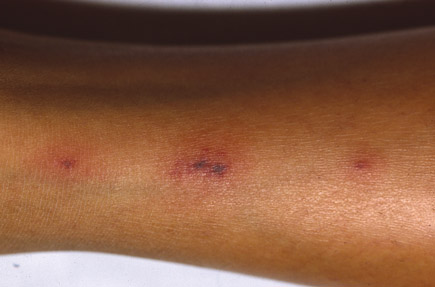1945-1954: ACP and other organizations find their niches
ACP's fourth decade started with the restoration of pre-World War II programs that had been suspended, as well as struggles with more philosophical issues.
At the start of the College's fourth decade, the whole world was celebrating the end of World War II, including ACP leaders. The Regents finally got to meet in the summer of 1945, when government bans on travel were lifted.
Physicians from around the world were also praising the College in the immediate post-war period for having offered a “practical and useful program” during the war that “greatly enhanced its reputation throughout the medical world,” according to historian George Morris Piersol, MD, MACP.
Some war-related challenges remained, however. Subscriptions to Annals of Internal Medicine were increasing faster than the nation's supply of paper, requiring some temporary emergency measures. Personal news items were removed from the journal, and obituaries were cut to 300 words.
The College struggled with more philosophical issues, too. As Dr. Piersol puts it, “in 1947, it was still difficult to determine, in many cases, who was and who was not an internist.” ACP's leaders considered booting a number of groups from their ranks, including pediatricians, neurologists, radiologists, dermatologists, and syphilogists (yes, that's specialists in syphilis), but they decided to put off any final decision on the issue.
Osteopaths, however, were not allowed into the annual meeting of the College, based on their exclusion from membership in the American Medical Association (AMA). The Regents also decided to keep questions about race and religion on ACP's application for membership, despite multiple proposals for their removal. A proposal to limit membership to those over 35 years of age also failed.
Otherwise, American medicine was focused on helping young doctors-to-be during the decade. The evaluation and accreditation of hospitals and residency programs was a heated issue in the late 1940s. Basically, no organization wanted to do it.
The hospital issue was resolved in 1952 by the founding of The Joint Commission on Accreditation of Hospitals (now The Joint Commission), with representatives from ACP, the AMA, the American Hospital Association, and the American College of Surgeons. But there was still the challenge of inspecting and accrediting residencies, which, according to Dr. Piersol, the other organizations pushed on ACP.
“[T]he Joint Commission was inclined to think that the College should be a sort of Supreme Court and final supervisor of certain of its work in approving hospitals for residency training ... the American Board of Internal Medicine disclaimed all responsibility ... the American Medical Association felt that it was not competent to pass on internists,” he wrote.
The College finally agreed to get involved in residency accreditation but declined to be on the front lines of some other issues. ACP leaders asked the AMA to deal with “the unhealthy competitive efforts of reporters and specialty writers to rush into print items pertaining to medical discoveries and new cures, to the detriment of the unsuspecting public,” according to Dr. Piersol.
In another example of how nothing changes in medicine, the College also looked to the AMA for help with the problem that Blue Cross Blue Shield was paying surgeons substantially more than internists. Some internists apparently looked for ways to make up the difference on their own, since in 1948, the College found it necessary to take a stand against the rebating of laboratory or X-ray fees to physicians.
ACP was ostensibly staying out of politics at the time but did publicly favor the creation of the National Science Foundation and oppose a single-payer health insurance system proposed by some members of Congress. Needless to say, this early attempt at health care reform was voted down.
The College did jump on board with the latest in medical technology. The 1948 annual meeting in San Francisco provided members with an opportunity to check out not only Yosemite National Park but also the cyclotron at the University of California and the experimental oncology laboratory at Laguna Honda Home.
Television also began to be incorporated into the educational program of the annual meeting. In 1953, the meeting was held in Atlantic City for the first time because organizers decided that the usual trips to prestigious local medical facilities could be replaced with color television footage of distant clinics. This practice was continued at several annual meetings.
However, ACP's Committee on Medical Films (since disbanded, obviously) concluded that the organization shouldn't get into the business of making medical education motion pictures, due to the expense and difficulty. Back at headquarters, the College also adopted new technology, in the form of an addressograph, a machine that assisted with large mailings, and air-conditioning.
Growing numbers of internists joined the College over the decade. In 1953, the Regents commissioned a study on how to increase membership among academics. They found, however, that, of the internists at U.S. academic institutions who were qualified for membership, only 14% were neither members nor applicants.
Many of them attended the 1954 annual meeting in Chicago, which featured a symphony orchestra performance and a number of prestigious lecturers, including the president of the Royal College of Physicians of London on cerebrovascular disease and Enrico Fermi on “The Past and Future of Atomic Development.”




